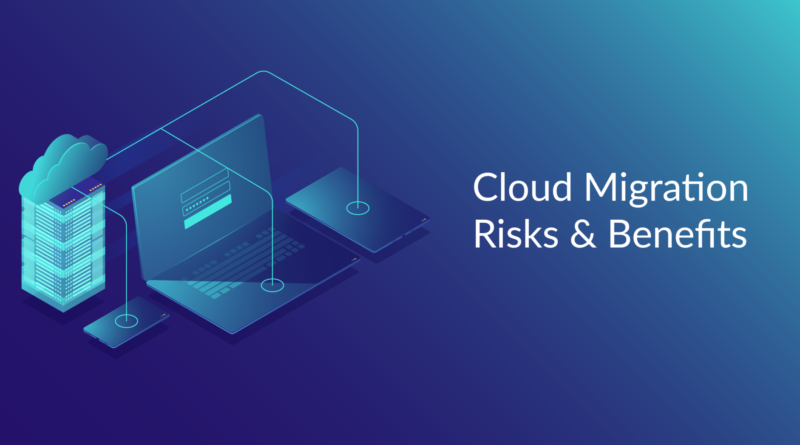A glimpse of critical cloud strategies
The process of moving information, applications services, and data to various cloud computing distributed infrastructure is called cloud data migration. This process is dependent upon internal factors like planning and impact analysis. There are other factors as well on which the process of data migration depends. We will take a detailed look at it in the subsequent sections. In this article, we look at the key advantages and consequences of data migration into the cloud ecosystem.
Cloud computing is at the core of any business network. The development of cost-effective products and solutions is what a business is concerned about. The different players in the ecosystem of the cloud are competing for 4 Cs that include cloud, customers, cost, and customization. A report by Forbes concludes that more than three-quarters of the organizations that run digital businesses are dependent upon cloud computing systems. Benefits associated with cloud computing adoption, cloud migration services, and data migration are numerous. However, the risks associated with the migration of data from onsite to the cloud environment are equally high. Ranging from data breaches during data migration to ambiguity in the service legal agreements, the amount of risk involved during cloud migration is an open secret. The renewed focus on security as a service is a positive step towards refurbishing the security shield but more needs to be done in this regard.
Advantages associated with data migration
Cost-effectiveness
Although a number of features are associated with cloud computing, it is relatively a cost-effective technology. There are a lot of costs associated with hardware and software maintenance, support systems, and other infrastructure services. Migration to the cloud environment not only saves energy and reduces physical requirements but also makes the functioning of a company green in nature.
Backup solutions
Backup and recovery solutions are of pivotal importance to the continuity of a business. Organizations in general and financial entities, in particular, can be drastically affected by downtime and this can add to their customer woes. The vast pool of remote resources that are provided by the cloud ecosystem enables the organizations to reap endless benefits without the constraint of spatial location.
Security shield
The integrity of data is the prime concern of any organization. In the present times, a breach in data can expose the critical information of an organization to the external world. Only a secure infrastructure can ensure that the client’s data as well the applications are well protected. With the help of a great encryption mechanism, a high-level data protection framework can be conceived. All the reputed organizations in the present times rely on layer security approaches which include strong access controls and key management.
Scalability
Scalable resources mean that organizations allow their clients to increase their resources to any extent depending upon the contingency needs that may arise from time to time. This not only supports the growth of a business but also fulfills the commitments that a business has made to various stakeholders. Other instances where a client may want to increase the scalability may arise from the increase in traffic of one of its subsidiary websites.
Cloud migration strategies
Re-hosting
This is usually a lift and shift strategy in which an entire application for an operating system is moved from one platform to the other. The advantage of this strategy is that the architecture of the application does not need to be redesigned. This strategy is very helpful for large-scale enterprises.
Re-platforming
In this strategy, we upgrade our applications from their existing platform to a new platform with the advantage of reverse compatibility. Reverse or backward compatibility means that we may shift back to our old resources in the future if there arises a need to do so.
Re-architecturing
This is a solution that allows us to draw the architecture of an application using new features on a different platform. This is especially helpful for a business that needs additional resources to upscale its performance.
Retiring
In this optimization strategy, the organizations retire their unused resources and focus on upgrading the functional resources to boost their performance in the long run.
Concluding remarks
This article explores various mechanisms, models, and strategies that can be used to take an effective decision for data migration to a new cloud ecosystem. Large digital enterprises can usually benefit from the above strategies as they often face problems while migrating the data to the cloud. Meanwhile, small organizations can take a cue from the limitations of cloud migration and prepare themselves for a hassle-free migration. On a concluding note, emphasis must be laid on open source and closed source cloud environments including their cybersecurity infrastructure. Robust cloud security infrastructure would motivate the organizations to cherish a new world on the cloud.




